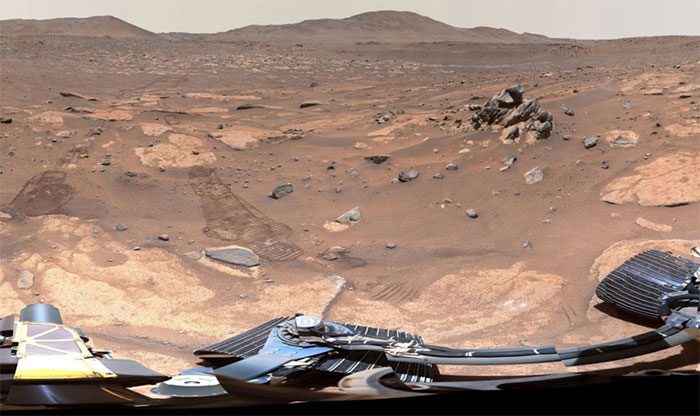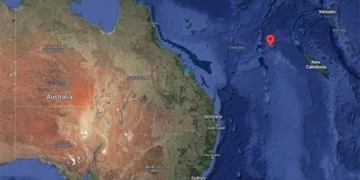A 2.38 Billion Pixel Image from NASA Shows the Landscape of Mars, Where Life May Have Once Thrived in a Lake.
At the end of last year, the Perseverance rover, which has been operating on Mars for nearly three years, spent three days capturing images of the Jezero Crater on the Red Planet using its Mastcam-Z camera. This crater is believed to have once housed a lake that may have supported life approximately 3.7 billion years ago.
Comprising 993 images and 2.38 billion pixels, NASA’s Perseverance rover created a 360-degree panorama at the “Airey Hill” location within Jezero Crater, where it existed throughout the Sun’s conjunction period. Utilizing the Mastcam-Z, the rover captured images on November 3, November 4, and November 6, 2023, corresponding to Martian sol (Martian day) 962, 963, and 965 in its mission.

Jezero Crater on Mars.
Jezero Crater is an ancient lake on Mars that may contain signs of ancient life. Scientists are using NASA’s Perseverance rover to explore rocks and sediments within the crater, while analyzing their chemical and mineral composition.
The rover’s instruments, such as PIXL and SHERLOC, can detect organic matter and other clues that may indicate past microbial activity. By combining various types of data, the rover can create detailed maps of the plains and shorelines of the crater, areas where life may have flourished billions of years ago.
The core mission of Perseverance on Mars is astrobiological research, focusing on identifying past microbial life. In addition to studying the geology and historical climate of Mars, the rover is pioneering efforts to collect and store rock and regolith on Mars, paving the way for future human exploration.
In collaboration with the European Space Agency (ESA), NASA’s upcoming missions will retrieve these sealed samples from Mars and bring them back to Earth for detailed analysis.


















































